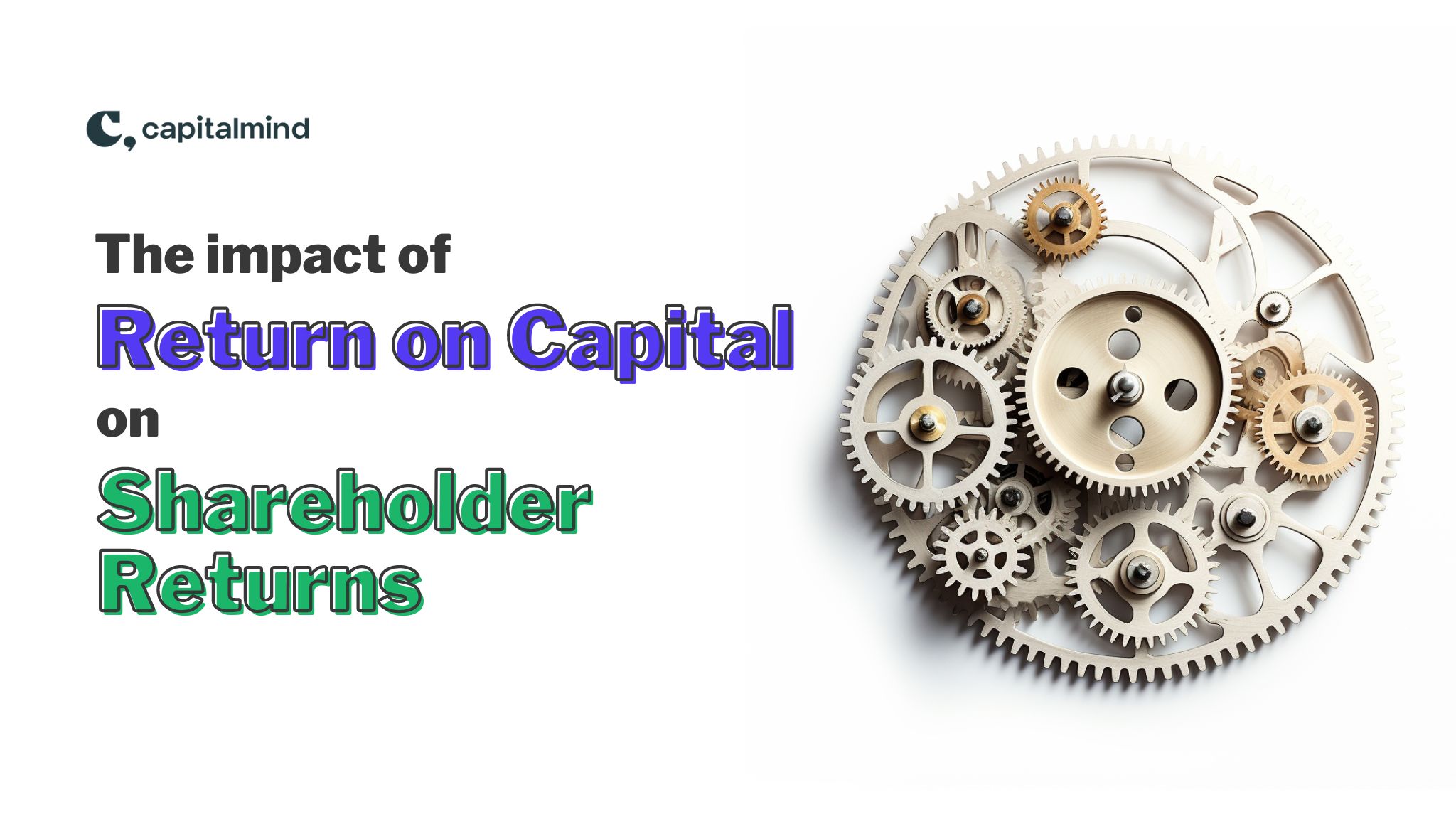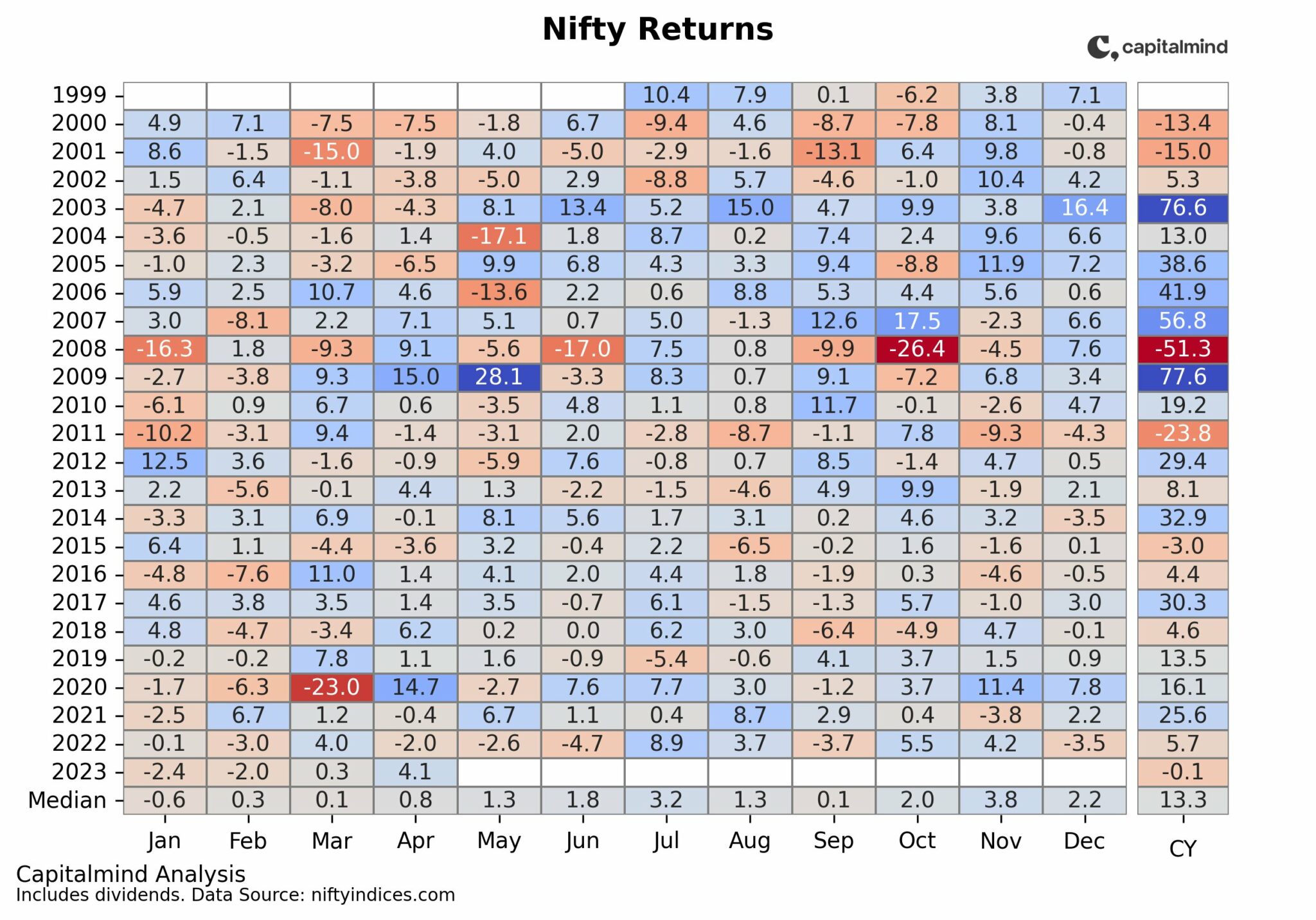The largest mutual fund in India is the SBI Nifty Index Fund (ETF). This fund has 119,000 cr. in AUM. The next largest fund is the SBI Sensex fund (ETF) with 60,000 cr. These are “index funds”, where the fund manager simply follows an index, versus an “active” fund where a fund manager thinks deeply and decides which stocks to buy. So what are index funds? How do you pick an index fund?
What if we said that when it comes to evaluating index funds, expense ratios do not matter? What matters is the “Real Expense Ratio”, and you won’t find that on the fund factsheet, and definitely not in the marketing presentation.
In this post, we get into the details of how to evaluate and pick the best index fund. Also, which is the best NIFTY Index fund and best NIFTY ETF in 2021.
What, really, are index funds? The concept is relatively new to investors, but we need to explore what an index fund really is, how to choose an index fund, and what makes index funds tick.
The largest mutual fund in India is the SBI Nifty Index Fund (ETF). This fund has 119,000 cr. in AUM. The next largest fund is the SBI Sensex fund (ETF), with 60,000 cr. These are “index funds”, where the fund manager simply follows an index, versus an “active” fund where a fund manager thinks deeply and decides which stocks to buy. So what are index funds?
What are Index Funds and ETFs?
There’s a concept called an index. Before indexes, you simply didn’t have an idea how a stock market was doing. Some stocks were up, some were down, but what was happening overall? To help give a “barometer” to a stock market – to sense its overall direction – the idea of an index was born. Take the “top” few stocks, and put them together in some basket. Over time some stocks would go up, and others would go down, making some stocks heavily weighted and some others less so.
(If you start with 10 stocks that have 10% each, and five of those stocks double while the remaining fall by half, then your basket will have the top five stocks with 16% weight each, and the last five will have 4% each. It’s just natural that weights will change when market prices change)
So an index is this basket of stocks, with each stock having a certain weight. There are many types of indexes:
- Market capitalization-weighted: The most common form of an index, where you give stocks weights based on their market capitalization. You choose the top 50 stocks by market cap and then mathematically give a weight to each stock based on its relative market cap – that is, the Nifty in India. We go a step further here – we use the “free float” market cap. This is the total number of non-promoter shares multiplied by the price. The idea is to reduce stocks where promoters have a huge holding, which leaves little for people to buy.
- Price-weighted: The most famous here is the US DOW 30. They give a higher weight to a stock that has a higher price.
- Earnings-weighted: You can select a bunch of stocks and give weights based on profits or revenues.
- Equal weighted: By now, you’re sick of weights, so someone decided why not give every stock the same weight, and this happened. (Read our post: Sponsored – The performance of equal weighted funds)
- Weighted by excel sheet madness: Since it’s now possible to give stocks based on anything – including the CEOs’ birth years, people do crazy things to look innovative.
What if, instead of anything else, you just bought stocks in the index, in the same weights as the index? That is an index fund. Someone else decides the criteria for what stocks go into the index, and the fund manager follows them.
Why bother with an index fund?
There are many reasons. For one, it isn’t easy to select stocks, so you give that responsibility to a fund manager. Then there are 50+ funds. How to select between the funds? Since they seem to benchmark themselves against an index (like the Nifty 50), why not buy the Nifty 50 index itself? Reduce the selection pain.
Second, there’s the cost. Active funds charge a higher fee for all the work required in research etc. Passive funds – which index funds are since they are not active – will follow the index, so they tend to charge a lower rate.
Third, there’s the institutional attraction. The SBI Nifty ETF is so huge because the Employee Provident Fund Organization (EPFO) is investing every month into this fund because of a mandate that they would invest part of their money into equities. The EPFO gets money every month (provident fund deductions are compulsory for more than 20 employees). Therefore money flows into the ETF and, thus, the index stocks every month.
And indeed, you may not get the best performance of all the funds. But you’ll get better than the average. Some funds do well for a few years and then decline to below average, so if you stay invested for a while, you may only get the same returns as an Index. And because of a higher active management fee, performance lags, which has happened in India in the large caps at least.
Listen to our podcast: Are Index Funds outperforming active mutual funds?
In international markets, index funds seem to have a performance edge. In India, the information arbitrage in larger-cap stocks is very low – meaning so many people follow these stocks that you are unlikely to “know” more about a large-cap company (stock) than the next person.
Another edition of the Capitalmind Podcast: The Amazing Rise of Passive Funds
Ok, I like the concept. Which index fund should I buy?
This is where Capitalmind can shine a light on what really happens underneath. You can have an SBI Nifty Index Fund, an SBI Nifty Index ETF, an HDFC Nifty Index fund, etc. How do you buy them and what do you buy?
You might imagine this:
Select an Index fund with the lowest TER or total expense ratio? Wrong.
Every index fund says: our TER or Total expense ratio is 0.2% or 0.1% or whatever. You think lower is better. Less expense, more returns?
But it’s not so. In India, specifically. If an index fund was to behave as you imagine, then your thought process is:
Index fund return = Nifty return minus TER
Meaning, if the Nifty does 10%, then a fund with 0.2% TER should do 9.8%. This is mathematically correct.
And in reality, totally wrong.
The real expense ratio of a fund is about how much a fund underperforms the Nifty.
We bring you a new ratio. The actual return difference between the Nifty and a fund’s one year return is the Real Expense Ratio (RER). Now we at Capitalmind have coined this term so that you won’t find it anywhere else. But here’s what it looks like for the biggest index funds and ETFs out there.
(For any point on this graph, the X-axis is the date, and the Y-axis shows the difference between the Nifty return and the corresponding fund’s actual 1-year return as of that date. Basically, the closer a fund gets to zero, and the more “stable” the fund’s line is, the better it is )
We’ve analyzed a bunch of mutual funds here. Here’s what their actual stated TER and Real Expense Ratios are:
What are the Real Expense Ratios of funds?
How unintuitive!
Example: SBI Nifty Index Fund says it has a TER of 0.18%. But on average, it has underperformed the index by 0.57%! This sounds really small, but over a long time, such differences can be meaningful. And after all, what’s the point of choosing a “low TER” fund when it will underperform a higher TER Fund (like a UTI Nifty)?
See the 1-year returns of all the above funds:
The Best Nifty Index Fund is…
The best index fund, in general, is the UTI Nifty Index Fund. The real expense ratio is just 0.31% which is lower than all of the others.
And the best ETF is the Nifty BEES, with a real expense ratio of just 0.15%.
Why is the Index Fund Real Expense Ratio so much higher?
There are good reasons for that.
- Securities Transaction Tax (STT) and brokerage costs: A fund has to buy the securities that it does, and in effect, the fund pays an STT of 0.1% on purchase (and sale) of shares. When new fund flows are huge compared to the current AUM, STT will drag returns, as will brokerage. (STT and brokerage up to a total of 0.12% will not be part of the stated Total Expense Ratio. It’s a charge that is separate and thus not included. Most funds pay 0.03% to 0.04% as brokerage, though.)
- Transaction slippages: An index fund has to buy stocks valued at the close of each day. It could have been bought higher than the closing price – perhaps because the stock fell after they bought it, intraday. This causes a slippage that hits performance. However, this tends to even out in the longer term.
- Cash drag: Every fund will retain a percentage of cash, which will hurt performance in a strong up-trending market.
- Fund flows: A sudden large fund flow in and out will cause performance to drop – because, in the process, you will buy stock and then sell the stock, which incurs transaction costs, STT etc. Some funds offset this with an exit load, but many index funds don’t have exit loads. For such a situation in debt funds, SEBI has introduced swing pricing (big transactions get a higher or lower NAV compared to the regular users), but this is not yet there in equity funds – so the performance lag will hit.
- Inexact replication: Meaning – we should have bought X number of shares, but we either bought more or less, so the replication was not exact. Further, the free float structure of the fund means that weightage of stocks is not exactly in sync with stock price moves – so even if you bought at the exact weightage required, a stock with large promoter holding can move in such a way that over some time, your portfolio has a slightly different weight than the index. This requires a rebalance, which hits returns.
- Dividend timing: Dividends are declared on a certain record date, but the funds get the money only a few days later. Till such time, if the stock runs up higher in price, then the fund will underperform. After all, the index was adjusted immediately for dividends, but the fund could not reinvest for a few days.
These are some factors that hurt funds, and they need to work hard to reduce such differences. As we can see above, funds often deviate so heavily that the TER and the Real Expense Ratio can differ by as much as 0.84%!
And then why are ETFs so good on the Real Expense Ratio?
Exchange-Traded Funds have a quality – they don’t actually buy stocks. They exchange a basket of stocks (comprising the index, in their weights) for units from a market maker or vice versa. So effectively, the market maker buys the stocks, pays STT/brokerage on them and then hands them over to the ETF.
When you don’t have a 0.12% cost to bear, expense ratios will come down, and therefore underperformance will reduce.
This is also the reason why ETFs trade at a higher price from the NAV. The market maker has to make up the transaction cost (buy STT, brokerage and of course the interest cost for the money used in that time) and so on. Recently, however, we have noticed that for NIFTYBEES and the SBI/UTI ETFs, you could get a difference to NAV that is as low as 0.1%.
(ETFs reveal a “real-time” NAV. For example, this is where NiftyBees has its real-time NAV. You can place your buy orders appropriately when the NAV is relatively close to the trading price)
In effect, because of a lower Real Expense Ratio, ETFs are better as long term investment vehicles. You will not pay quite as much in terms of underperformance with the index.
(Note: A recently introduced fund – Navi Nifty Index Fund – has an expense ratio of 0.06%, which is lower than some ETFs. But it has underperformed the index by 0.08% in the first three months of operation, and by the end of the year, it’s likely to have increased to 0.30% lower, which is the real expense ratio. It’s still more expensive in terms of a real expense ratio than ETFs despite a similar TER)
Index funds are easier to have if you don’t have a Demat account. Plus, the concept of SIP is much simpler and easier with a mutual fund rather than an ETF. These factors may trump the 10-20 basis point advantage you get in real expense ratios when buying ETFs.
Can a fund reduce its RER (Real Expense Ratio)?
An AMC can reduce the TER (the fees it charges). But the STT, fund flows etc., determine the RER. How can a fund reduce that?
The answer lies in different things:
- Using the stock lending mechanism to lend out shares and earn some fees. This may be tiny, but it will help reduce the difference. You earn money for just lending shares, which would sit idle on the Demat anyhow (and you’re entitled to all dividends).
- Mechanisms like better execution and reducing the cash drag on the portfolio.
(Capitalmind has applied to become an AMC, and we have some fascinating ideas here!)
So the way to analyze index funds is: don’t look at TER. Look at the real expense ratio – the difference between the fund performance and the underlying index.
If ETFs are better, why not just buy ETFs?
Because ETFs trade on the exchange at a price that is slightly higher than the underlying NAV. Every ETF has to provide a real time NAV and if you look at it at any point, and the price in the market, you will find the market price HIGHER by maybe 0.2% to 0.5%. That additional price is an extra expense you pay (one-time, on purchase) which hurts your overall return somewhat.
ETFs tend to be better in the long run because you pay the excess market price once, but you may hold the investment for many years, so the lower Real Expense Ratio will help. Plus, when you do sell, there will still be a premium to the NAV in the market price, so that may even things out. ETFs require physical action – go to the broker and buy every month, or such, so they are a little more painful to implement. Our suggestion is that if you have the time to buy ETFs, use that as a mechanism, but if it’s too painful or needs more time that you can give, then use index funds.
Bonus: The Strange Situation with Yes Bank
Since you got this far, I’ll explain one more thing. If you look at real expense ratios for the last year, things will look a little wonky.
The problem? Yes Bank. It went into a situation where it had to be rescued in April 2020. (Read our post: Banks chip in, Shareholders locked)
Yes bank was part of the Nifty. And in this situation, trading was locked so no one could sell. Every Nifty fund owned it. When the rescue was done, only 25% of the shares were allowed to be sold, and the remaining shares were held for three years. So for the year between March 2020 and March 2021, the impact has been different on different funds, based on how much their AUM was at the time.
You can see this – the RER (real expense ratio) of all funds went to a much higher level – as much as 0.5% to even 1.5% during this time. That’s partly because of the reasons above, but also because of Yes Bank. One fund that consistently outperformed was IDFC Nifty Fund, which seems to have had very little exposure to Yes Bank. Once that period was over, it has since seriously underperformed (in the last few months) the index.
Such inconsistencies are rare but can happen in different ways. Recently, for example, when Bharti Airtel issued rights shares, the pricing of those rights shares in the market allowed index funds to realize a small gain. That’s why, in the early few days of October 2021, the Real Expense Ratio looked slightly better.
What’s the verdict?
The best Nifty Index Fund for 2021 is the UTI Nifty Index Fund (Direct, Growth).
The best Nifty ETF for 2021 is the Nippon Nifty Bees ETF.
Don’t go by stated expense ratios. They are not relevant. The Real Expense Ratio is the only thing that matters.

Also read: How this simple ETF strategy beats most large-cap funds.








